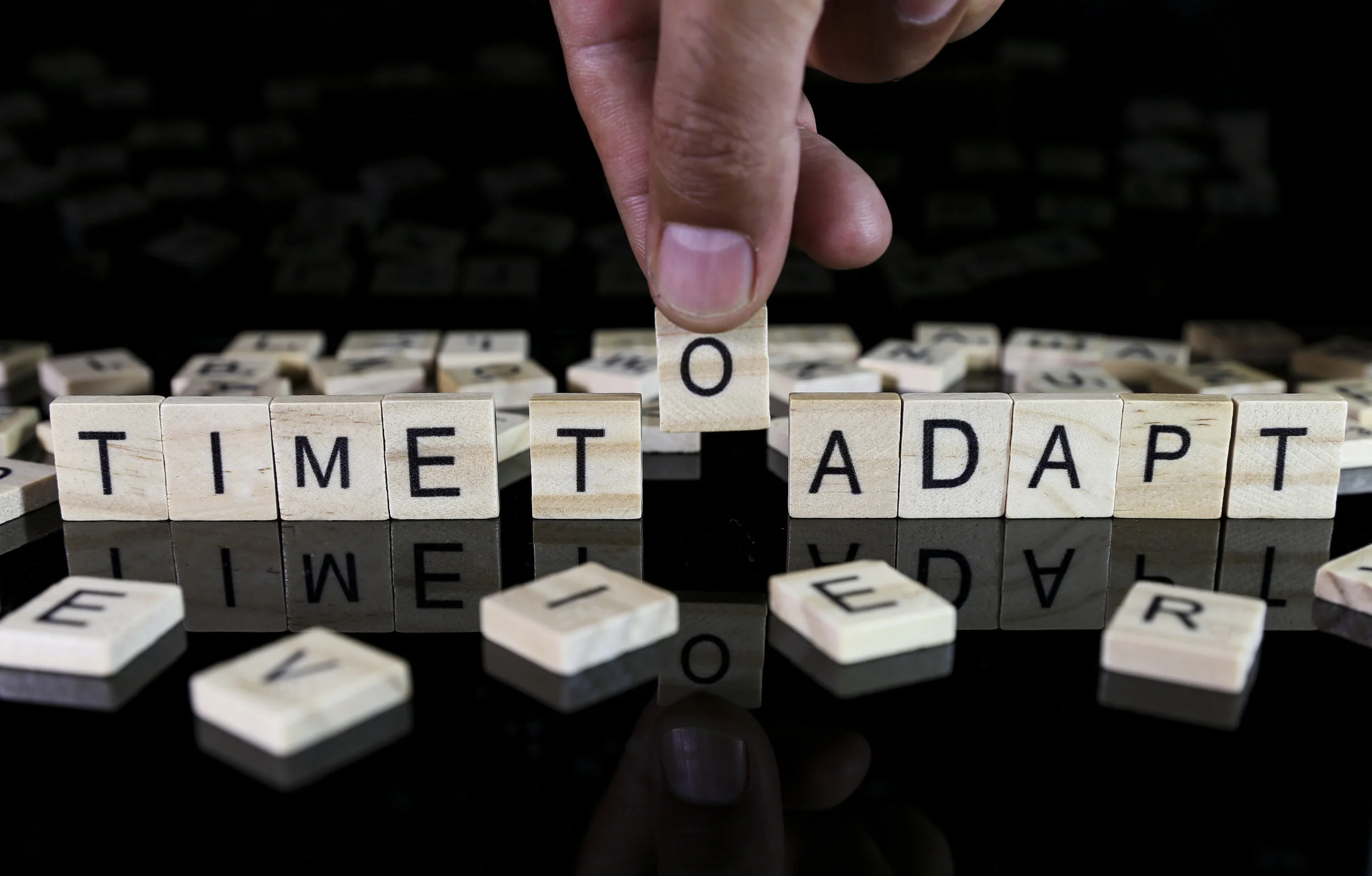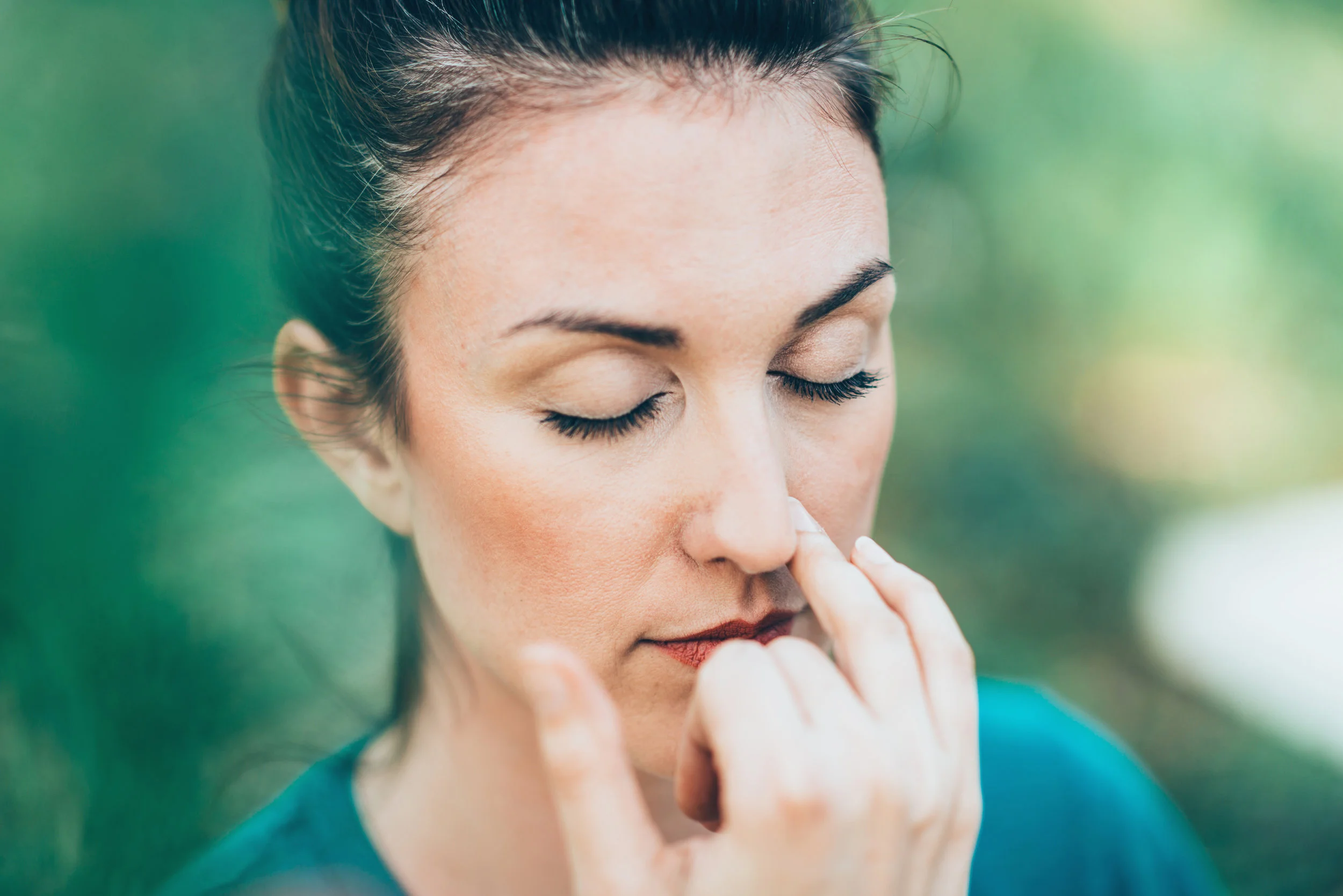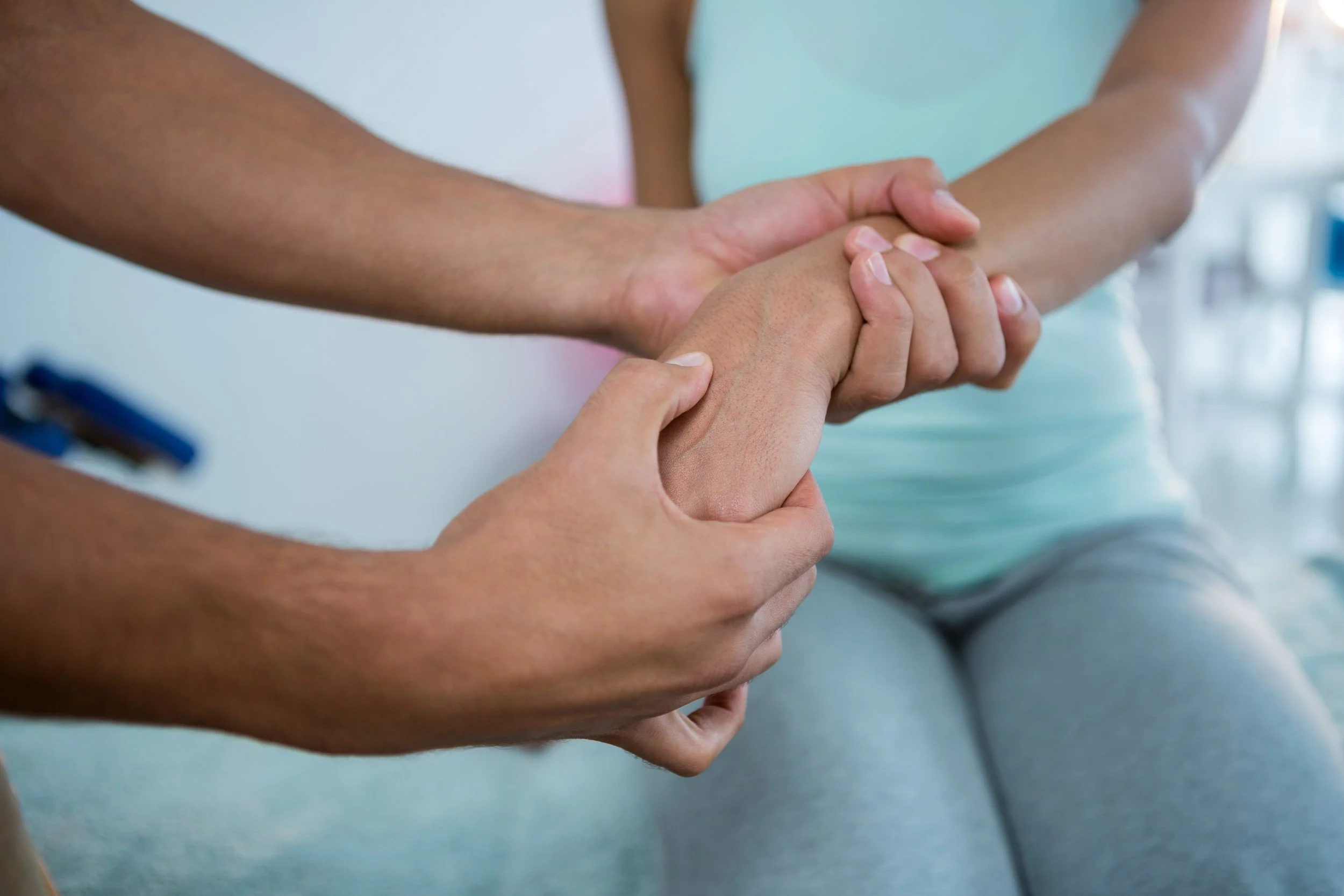REST Float Therapy Can Improve Creativity
/The purpose of the presented investigations was to study the influence and effects of altered states of consciousness (ASC) induced through the flotation tank restricted environmental stimulation technique (flotation-REST) in a laboratory setting. The results from the present investigations indicate that flotation-REST may offer a safe and practical method of inducing altered states of consciousness in a controlled laboratory setting. Throughout, flotation-REST was experienced as a positive event by the participants. In order to optimize the conditions of flotation-REST, possible differences in the type of experiences due to different settings (strict/fantasy) applied in the laboratory were examined; no such differences were obtained. Nor were experiences in the flotation tank affected by participants earlier experiences of altered states of consciousness. Mental experiences reported from flotation-REST include deep relaxation, experiences of leaving or losing contact with the body, visual and auditory pseudo-hallucinations and transpersonal experiences. Comparisons between chamber-REST and flotation-REST indicated that the flotation-REST group experienced a significantly higher degree of ASC as compared to the chamber-REST group. The instrument, EDN-scale, was developed to allow these measures. Investigations of creativity indicated that flotation-REST induced more originality and impaired deductive thinking, in comparison to chamber-REST. Chamber-REST induced more realistic and elaborated thinking compared to flotation-REST. Comparison of these two conditions indicated that both flotation-REST and chamber-REST were equally effective in reducing subjectively experienced stress. An experimental pain procedure was arranged in order to study the experience of pain in connection with individuals experiencing ASC (induced by flotation-REST). A higher level of pain and stress was obtained in those individuals with high ASC in the flotation-group compared with those with low ASC (as measured with the EDN-scale). The individuals presenting high ASC also experienced duration of experimental pain as shorter compared with low ASC individuals, within the flotation-REST condition. Within the chamber-REST condition, there were no differences between the low ASC and high ASC individuals. To study the possible pain-alleviating effects of flotation-REST upon existing, chronic pain, a series of flotation-REST treatments over a three-week period was carried out. It was found that the participants most severe perceived pain intensity was significantly reduced, whereas low perceived pain intensity was not influenced by the floating technique. Further, the results indicated that the circulating levels of noradrenaline metabolite MHPG (3-methoxy-4-hydroxy-phenylethyleneglycol) were reduced significantly in the experimental group but not in the control group following treatment, whereas endorphin levels were not affected by flotation. Flotation-REST treatment also elevated the participants' optimism and reduced the degree of anxiety or depression; at nighttime, patients who underwent flotation fell asleep more easily. These findings describe possible alleviations in patients presenting with chronic pain complaints. Taken together, these studies on the flotation-REST technique offer a promising avenue of future research on stress reduction, pain treatment and personal development, hopefully elucidating regional brain implicit and explicit processes.











![Self-regulation “control [of oneself] by oneself"](https://images.squarespace-cdn.com/content/v1/55563e14e4b01769086817cb/1542845645966-PO2HGKF5JLUBM45UIWQ3/wee-lee-790761-unsplash.jpg)







































